Project Management for Non-Profit: Agile Methodology and Risk Analysis
VerifiedAdded on 2022/10/04
|13
|601
|282
Project
AI Summary
This project delves into the application of project management methodologies, specifically focusing on the Agile methodology within a non-profit context. The project examines the importance of effective project management, particularly in organizations with around 1000 employees, and emphasizes the need for robust risk management strategies. It outlines the project phases, from initiation to closure, and highlights the benefits of the Agile approach, such as enhanced customer service and improved project performance. The project also provides steps for successful project management, including defining the scope, preparing deliverables, structuring the work breakdown, scheduling, budgeting, and managing human resources. Furthermore, it discusses the crucial aspects of construction projects, stakeholder analysis, and the essential steps involved in risk management. The project underscores the overall significance of project management in achieving successful outcomes within a non-profit setting. The project includes references to support the research.
1 out of 13
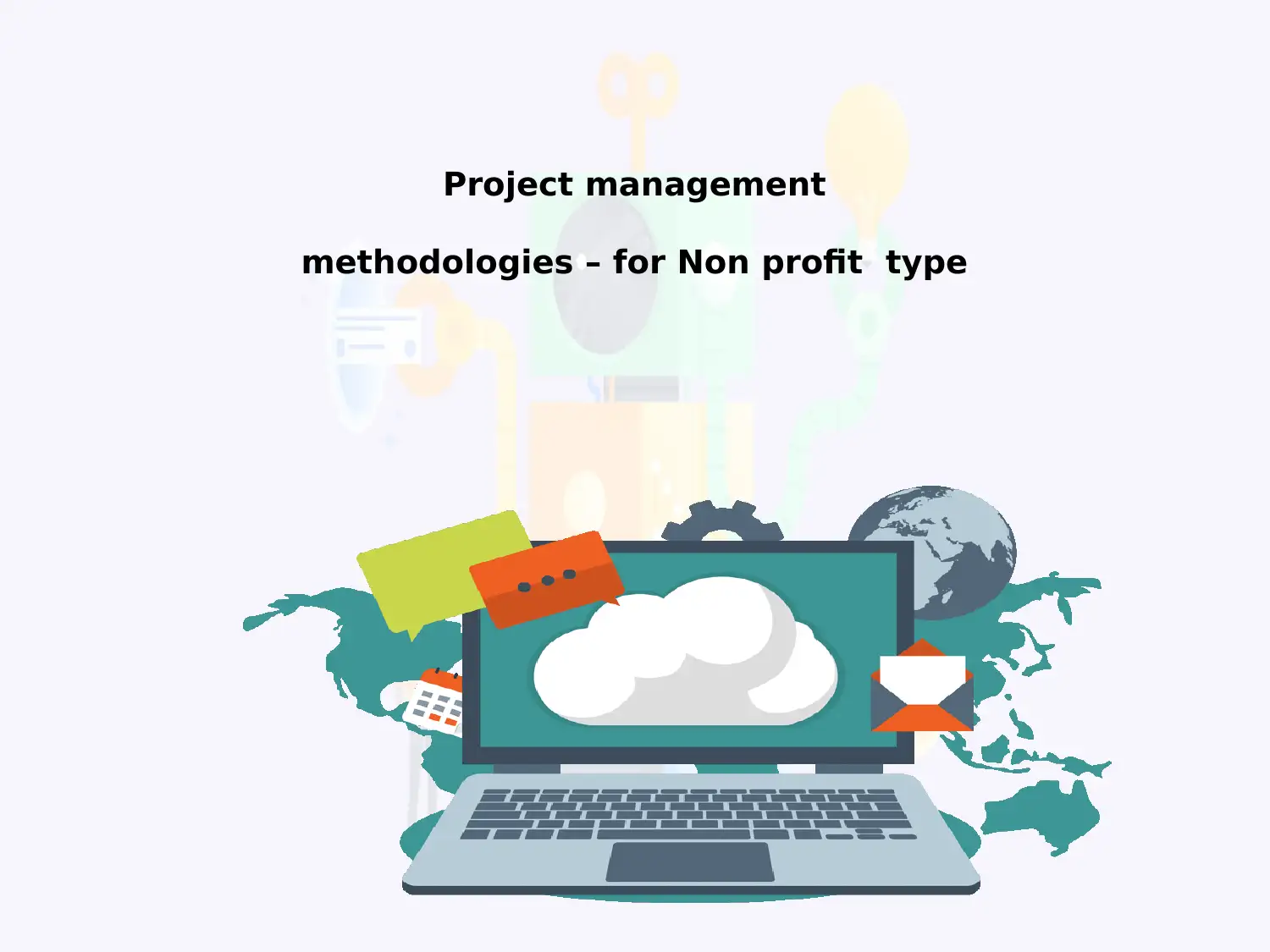

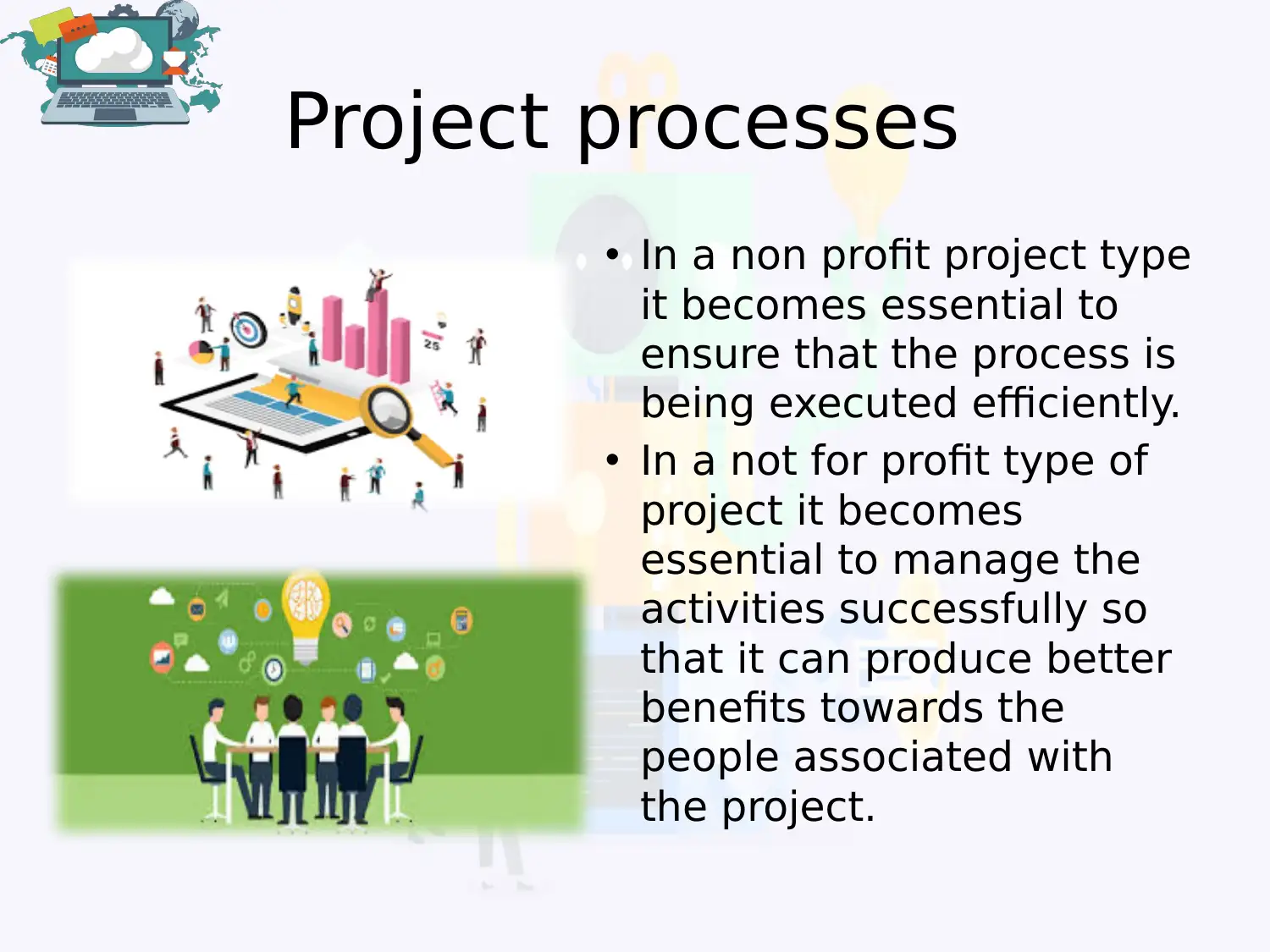


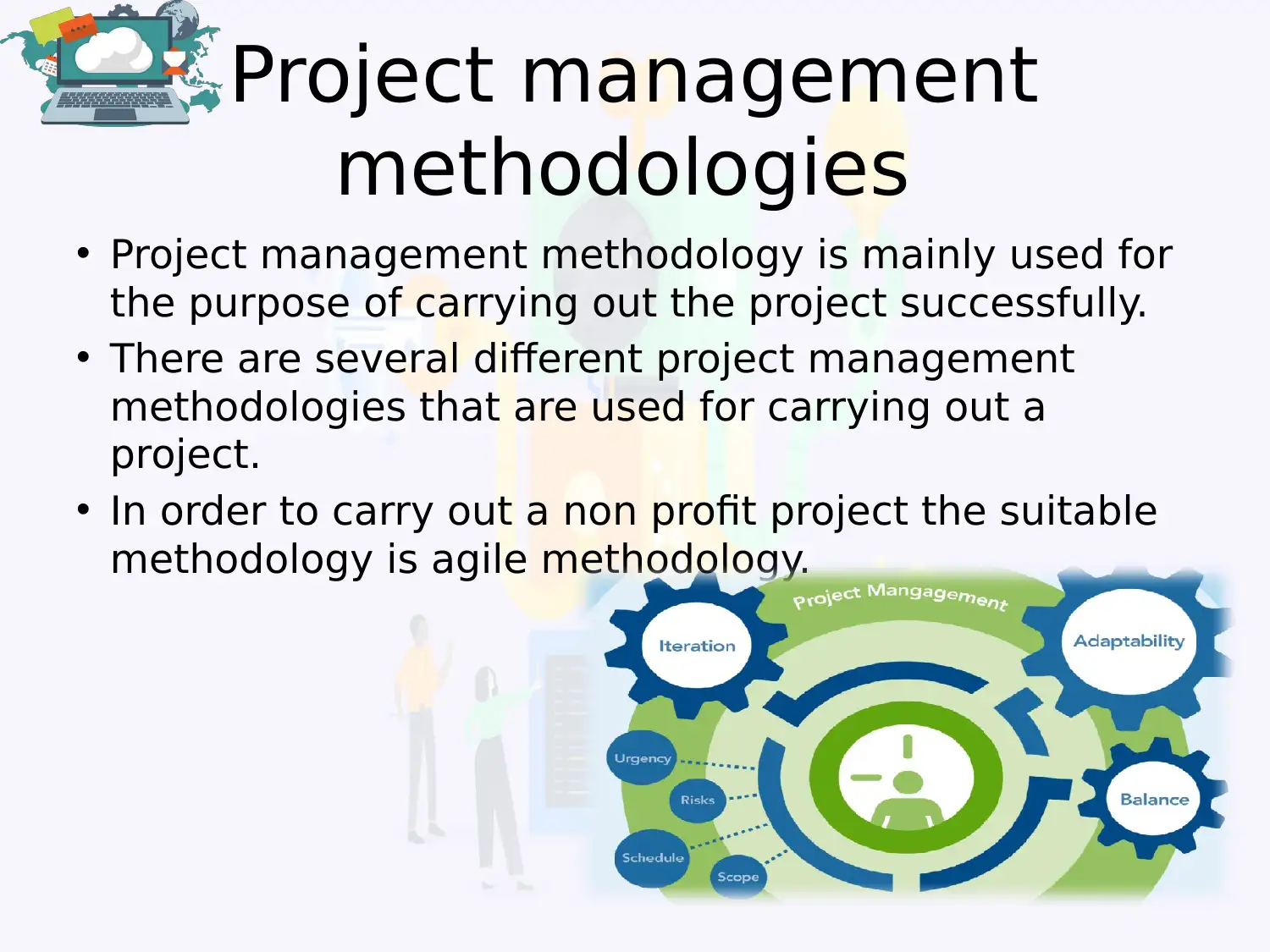
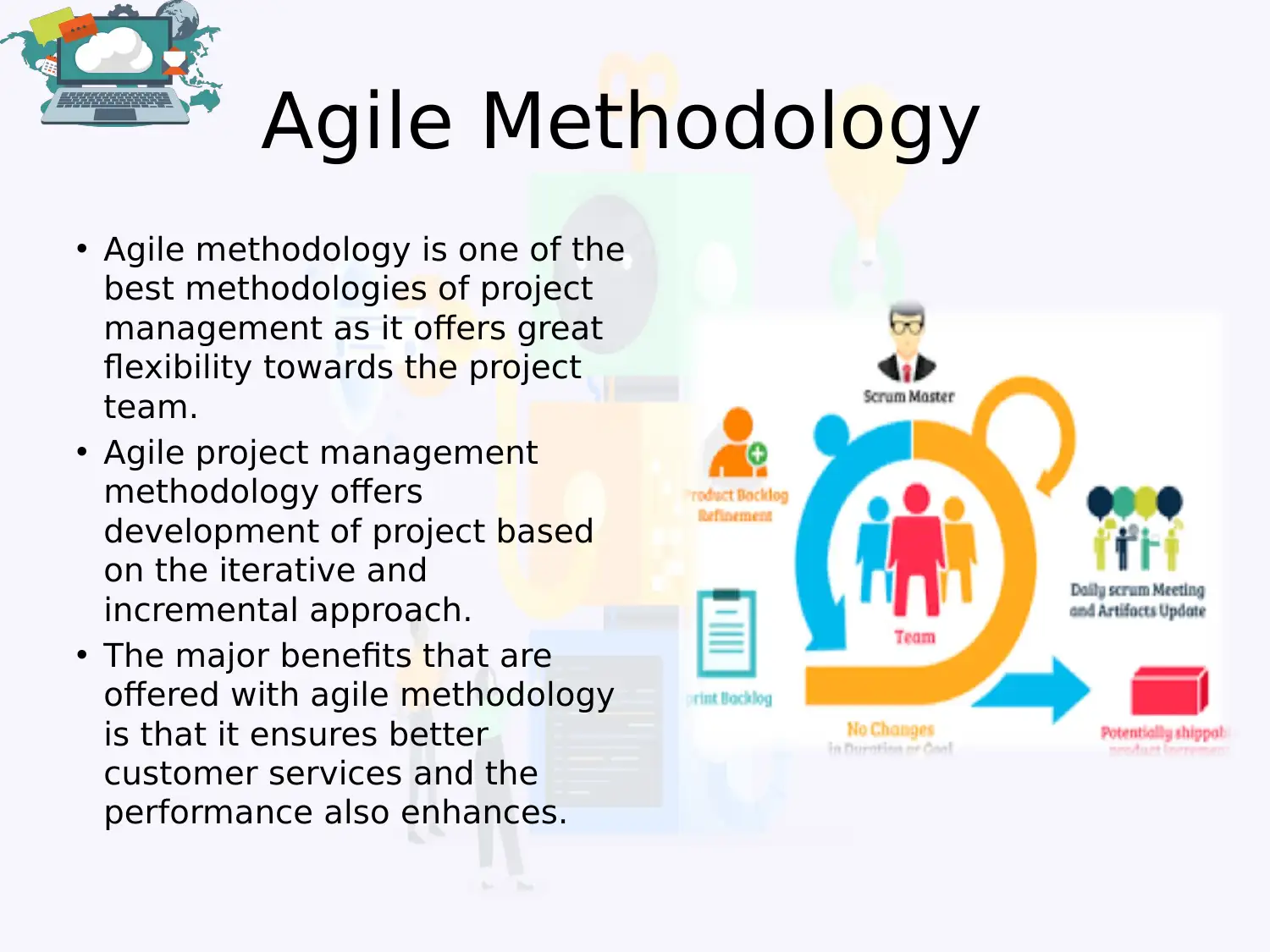
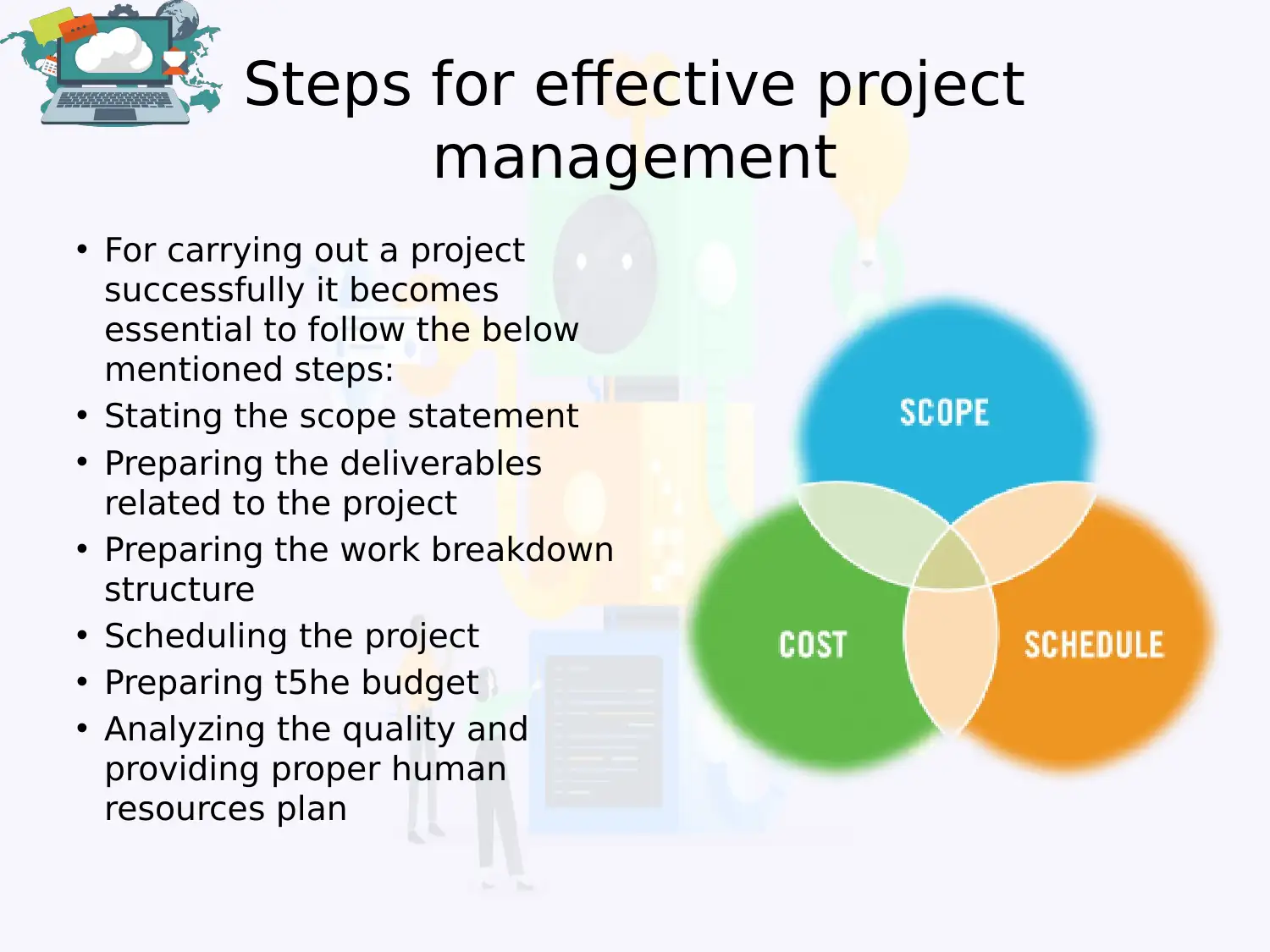
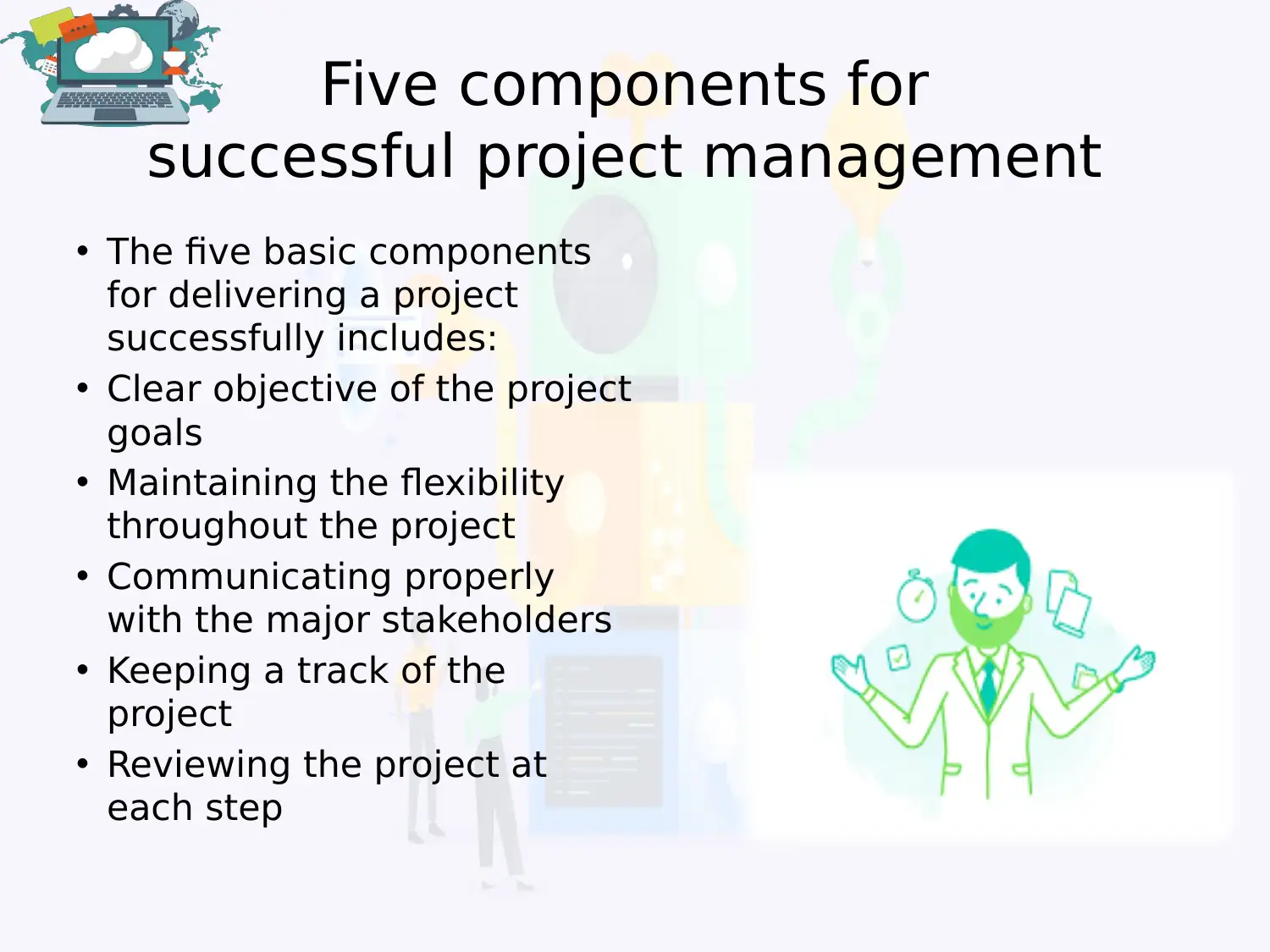
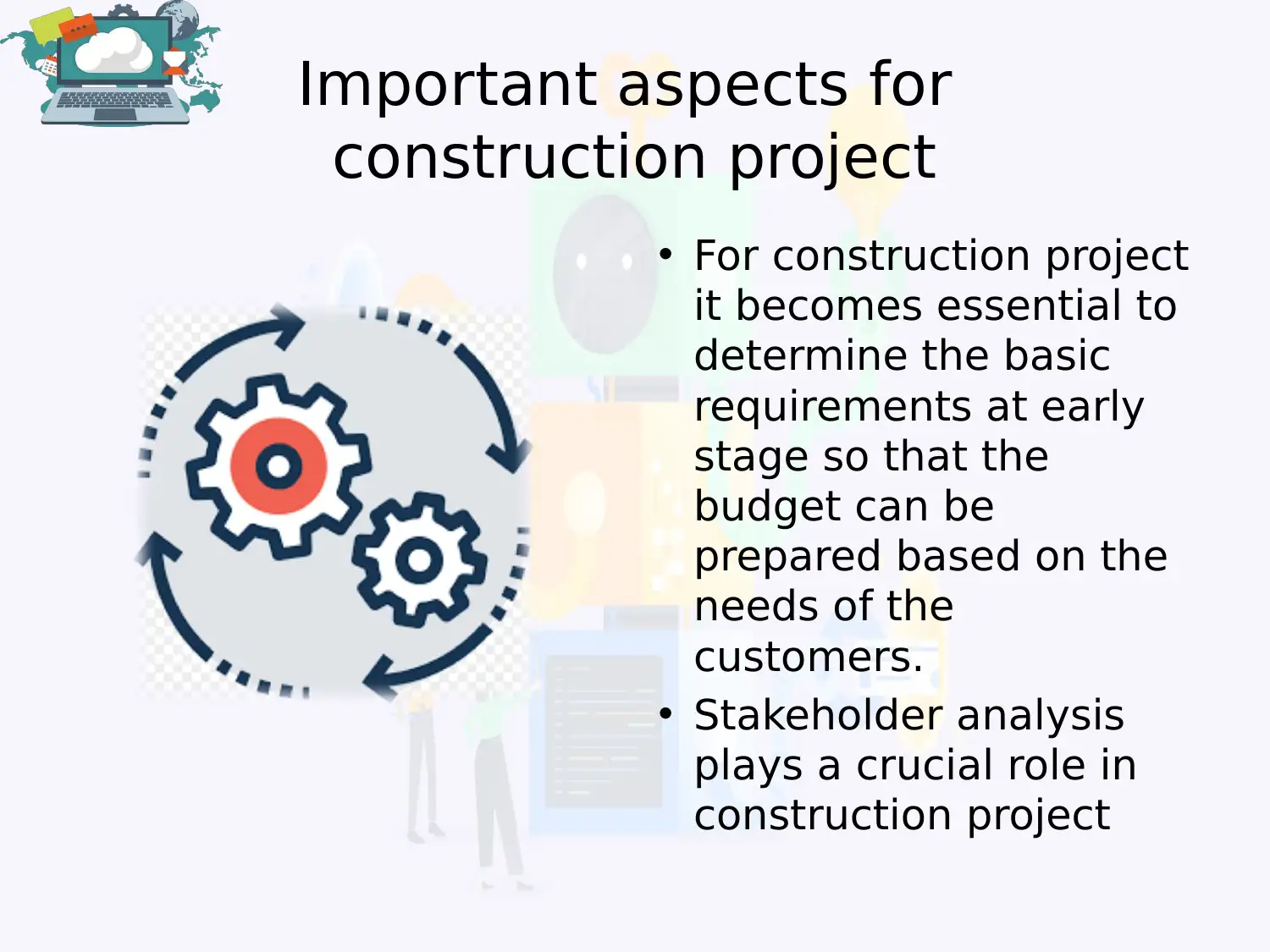
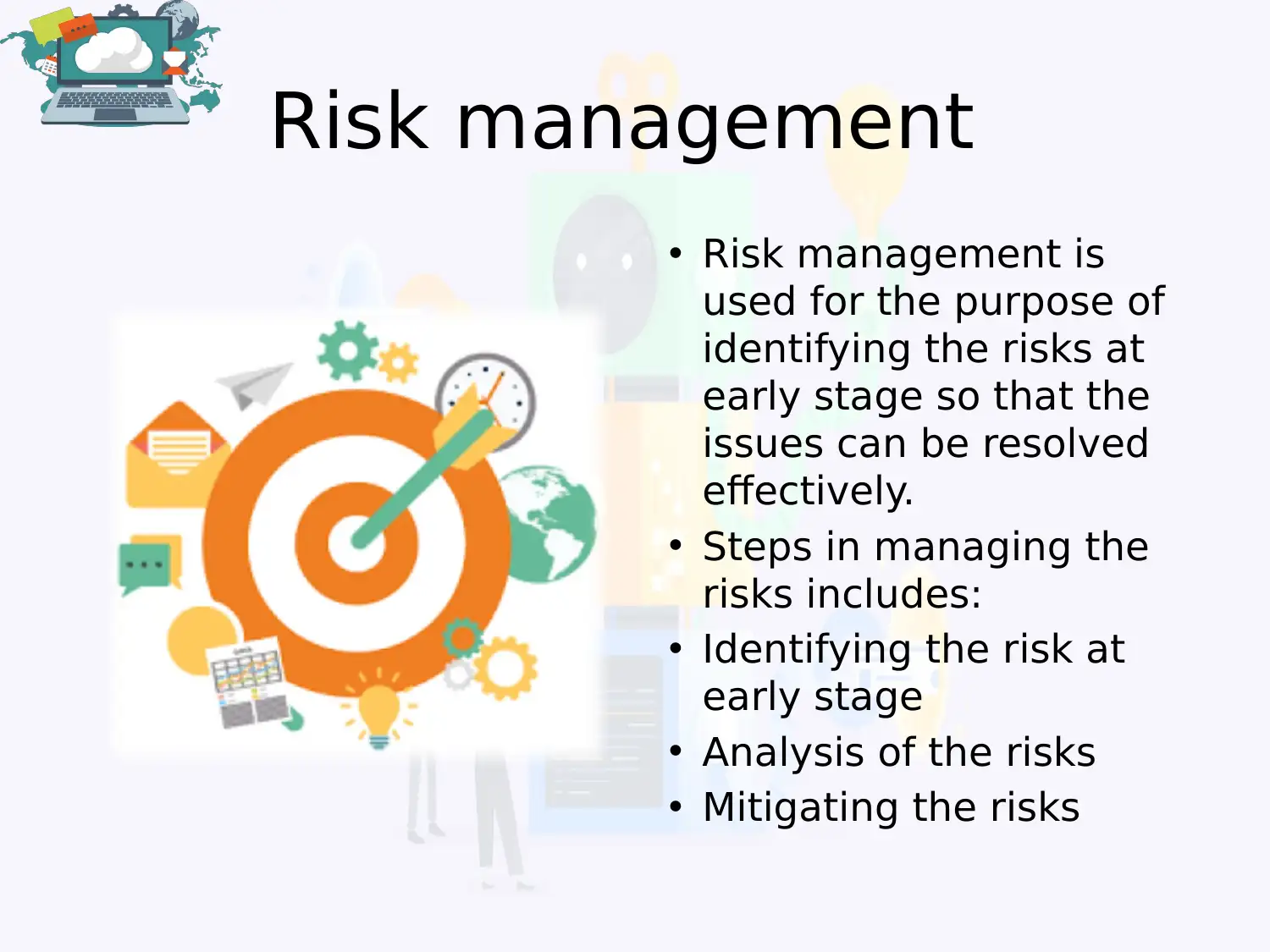

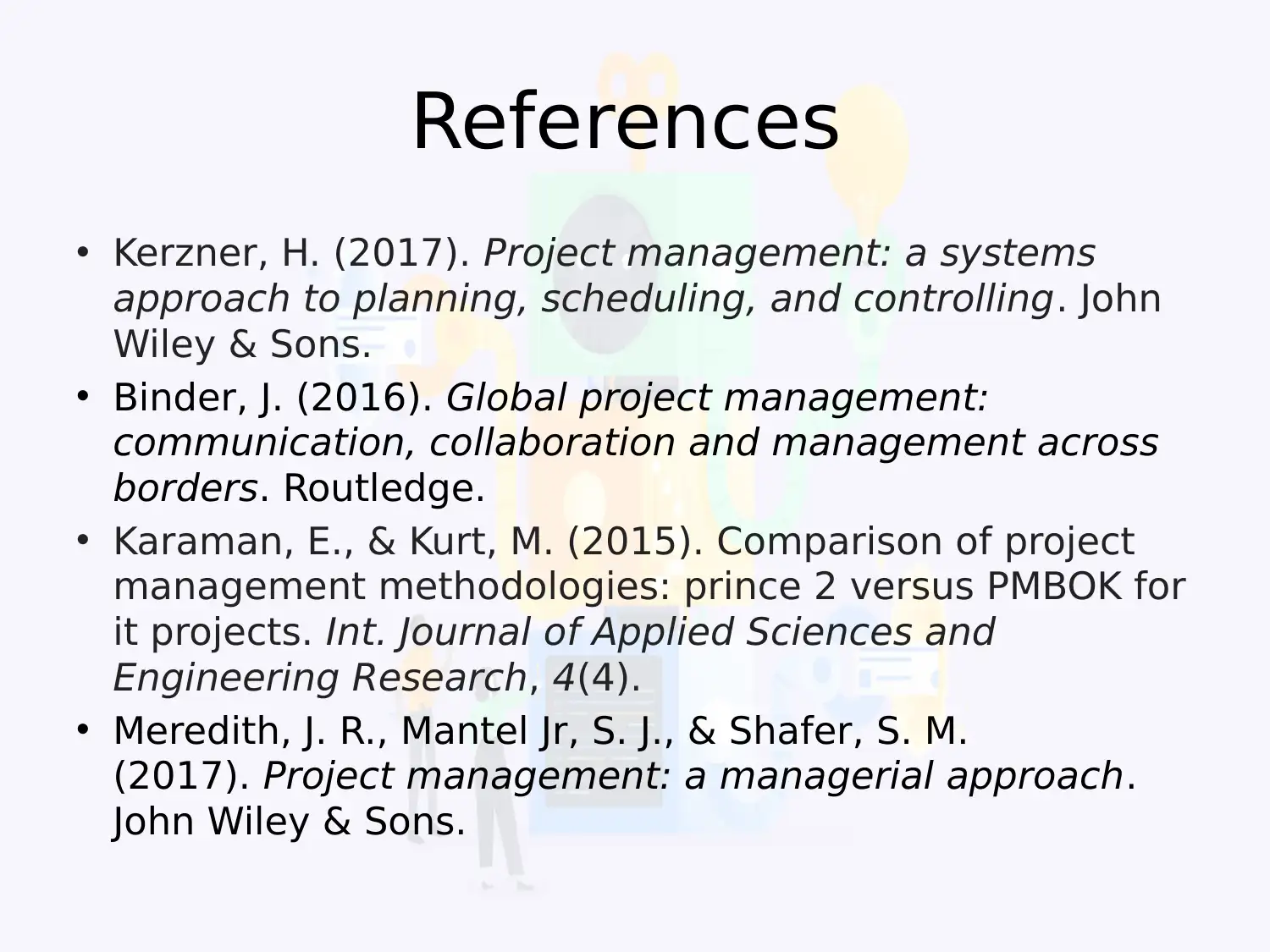






![[object Object]](/_next/static/media/star-bottom.7253800d.svg)